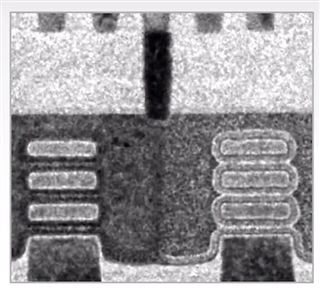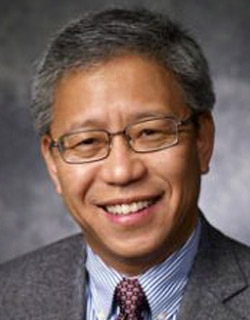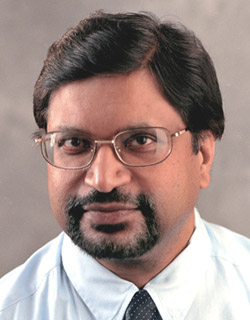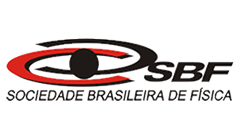Lefdal Hove, Haavard, Ole Christian Spro, Giuseppe Guidi
and Dimosthenis Peftitsis
Improved SiC MOSFET SPICE Model to Avoid Convergence Errors
Materials Science Forum 1004 (July 2020): 856–64
DOI: 10.4028/www.scientific.net/msf.1004.856
Abstract: This paper presents improvements to a SPICE model for a commercially available SiC MOSFET to avoid convergence errors while still providing reliable simulation results. Functionality in the internal part of the model that shapes the transconductance of the device according to its junction temperature and gate-source voltage dependency has been improved to provide a continuous characteristic rather than the initial discontinuous performance. Furthermore, the output characteristics from the initial and the proposed model have been compared to lab measurements of an actual device. The results show that the proposed and initial model provide equally reliable simulation results. However, the proposed model does not run into convergence problems.
[1] X. She, A. Huang, O. Lucia, and B. Ozpineci, Review of Silicon Carbide Power Devices and Their Applications, IEEE Transactions on Industrial Electronics, vol. 64, no. 10, p.8193–8205, (2017).
[2] J. Rabkowski, D. Peftitsis, and H. P. Nee, Silicon carbide power transistors: A new era in power electronics is initiated, IEEE Industrial Electronics Magazine, vol. 6, no. 2, p.17–26, (2012).
[3] A. Stefanskyi, L. Starzak, A. Napieralski, and M. Lobur, Analysis of SPICE models for SiC MOSFET power devices,, 2017 14th CADSM 2017 - Proceedings, p.79–81, (2017).
[4] H. L. Hove, O. C. Spro, D. Peftitsis, G. Guidi, and K. Ljøkelsøy, Minimization of dead time effect on bridge converter output voltage quality by use of advanced gate drivers, 2019 10th ICPE 2019 ECCE Asia, (2019).
[5] N. Mohan, T. Undeland, and W. Robbins, Power Electronics; Converters, Applications, and Design, third ed., Wiley, (2003).
[6] C. Enz, F. Krummenacher, and E. Vittoz, An Analytical MOS Transistor Model Valid in All Regions of Operation and Dedicated to Low-Voltage and Low-Current Application, Analog Integrated Circuits and Signal Processing, vol. 8, p.83–114, (1995).
[7] M. Bucher, C. Lallement, C. Enz, F. Théodoloz, and F. Krummenacher, The EPFL-EKV MOSFET Model Equations for Simulation Technical Report V2.6,, EPFL, Lausanne, Switzerland, (1999).
[8] B. N. Pushpakaran, S. B. Bayne, G. Wang, and J. Mookken, Fast and accurate electro-thermal behavioral model of a commercial SiC 1200V, 80 mΩ power MOSFET,, Digest of Technical Papers IEEE IPPC, vol. 2015-Octob, p.1–5, (2015).






 Rajiv V. Joshi
Rajiv V. Joshi

























